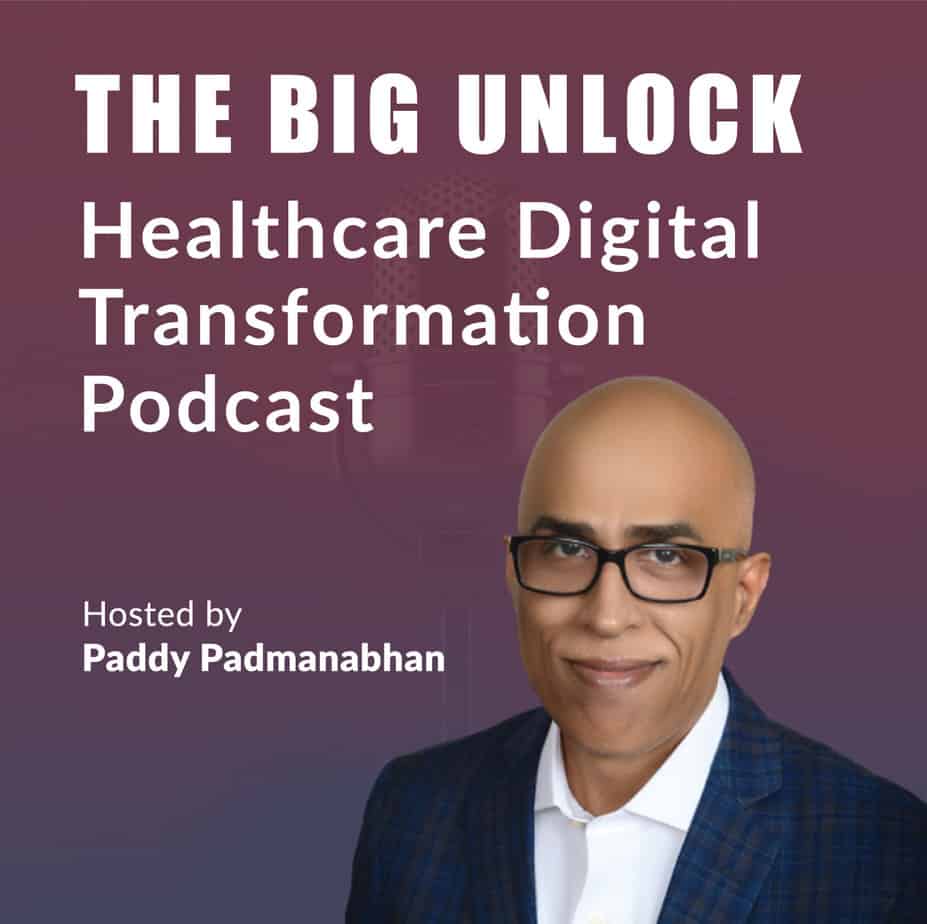Originally published on Forbes
The digital transformation of the healthcare sector has accelerated in the past couple of years. Telehealth and virtual care have gone from the merely novel to the mainstream. Digital health startup funding has gone through the roof in the U.S., with $29.1 billion in new venture capital funding going toward these businesses in 2021. Big tech firms have increased their commitment to healthcare, and non-traditional healthcare providers and digital-first healthcare providers are making inroads in healthcare services.
It goes without saying the pandemic has redefined access to care and care delivery models for providers. It has also raised expectations from consumers who are used to transacting online for goods and services in all other aspects of their lives. Against this backdrop, the healthcare C-suite agenda will likely need to be dominated by a handful of important themes in 2022. As the founder and CEO of a digital transformation and advisory firm for healthcare organizations, here are three themes I recommend keeping in mind:
Improve the digital health experience for patients and providers.
Through the pandemic, telehealth and virtual visits became widely accepted. However, the digital experience for many patients has been suboptimal. Based on my consulting and advisory work in the space, I’ve observed that reasons for this can include a lack of seamlessness in integrating diverse “digital front door” tools, as well as a plethora of remote monitoring devices and sensors whose data cannot be easily integrated and aggregated for analysis and insights to enable real-time interventions.
These challenges can impact adoption rates for telehealth and virtual care, which, in turn, affects not only consumers but also clinicians and caregivers who might be frustrated by the additional burden poor technology interfaces can cause when they impact productivity. For many health systems, I believe the biggest priorities for 2022 will be about enhancing the online experience, increasing telehealth adoption and enabling the use of real-time data and analytics for improving patient outcomes.
Catch up to the evolving competitive landscape in primary care.
In the past year, non-traditional healthcare providers such as CVS and Walgreens have announced deep commitments to the primary care space. They have one thing in common: a national network of retail store locations ideally suited for the hybrid care model of the future, especially in primary and urgent care. CVS Health, for example, has committed itself to a digital-first approach. Walgreens aims to turn its stores across the nation into neighborhood healthcare hubs, leveraging its partnership with VillageMD to open hundreds of clinics and primary care practices.
Primary care is now the battleground for healthcare providers looking to acquire and retain consumers. So far, I believe traditional healthcare providers have been unable to demonstrate the level of sophistication in consumer-focused businesses that traditional retailers have. However, traditional healthcare providers also enjoy long and trusted relationships with their consumers that cannot be easily replaced. From my perspective, providers will need to be able to transform their digital health capabilities so they’re providing the same levels of convenience and ease of use as retailers. Otherwise, they could lose ground to new players.
Execute reliably on technology strategy.
The foundation for digital health is technology. Over the past couple of years, we have seen a “Cambrian explosion” of digital health startups and an increasing commitment to healthcare by big tech firms. Technology innovation in healthcare has accelerated significantly in the past couple of years, not least due to VC firms willing to make more bets on early-stage companies. What we have now is a vast and confusing solutions landscape.
Emerging technologies such as artificial intelligence, cloud and voice recognition promise to transform care delivery, and many healthcare organizations might be considering partnering with established tech firms to gain access to these technologies. However, keep in mind that the increased risks of making bets on emerging technologies or innovative startups are not just in terms of project and financial risks but also in terms of opportunity costs in market growth. Many health systems are choosing to play it safe by staying with their primary technology vendors, namely electronic health record firms, but these can be limiting.
In this constantly shifting landscape, healthcare CIOs and CDOs will be expected to make quick and informed decisions to leverage innovation, execute reliably and meet enterprise digital transformation goals.
In 2022, healthcare organizations will likely continue to struggle with macro-economic factors, such as the lingering effects of a pandemic, a burned-out workforce that is “quitting in droves” and technology talent shortages. Healthcare leaders must demand more from their technology partnerships while remaining cautious in their embrace of emerging technologies and unproven innovations. They must operate with an agile mindset and be ready to scale and pivot as the marketplace changes. They must raise the bar of consumer experiences and deliver on the promise of a digital future while remaining committed to lower costs and improved healthcare outcomes. Regardless of how this plays out, I believe we are about to see a surge in healthcare innovation that promises to pay off for consumers.






